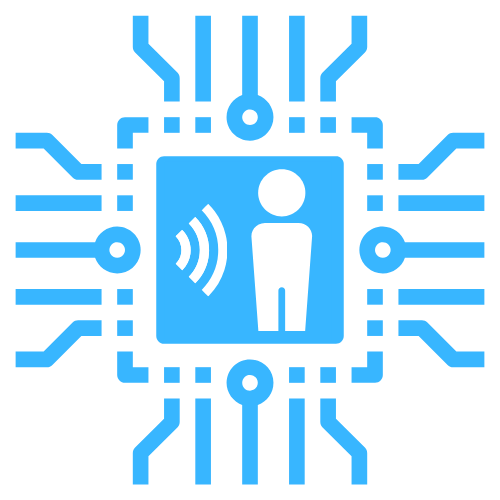GPIO
The general-purpose input/output (GPIO) integration allows you to integrate devices that are directly connected to GPIO pins, for example PIR motion sensors. It makes uses of the GPIO Sysfs Interface and therefore only works on Linux.
Requirements
Running with NodeJS
The user under which room-assistant is running needs to have access to the GPIO pins. Under Raspbian this can be granted by adding the user to the gpio group:
sudo adduser $USER gpio
Running with Docker
The /sys folder of the host needs to be mapped into the container like shown below.
Example docker-compose.yml
version: '3'
services:
room-assistant:
image: mkerix/room-assistant
network_mode: host
volumes:
- /var/run/dbus:/var/run/dbus
- /sys:/sys
environment:
NODE_CONFIG: >
{
"global": {
"instanceName": "changeme",
"integrations": ["gpio"]
},
"gpio": {
"binarySensors": [
{ "name": "PIR Sensor", "pin": 17 }
]
}
}
Settings
| Name | Type | Default | Description |
|---|---|---|---|
binarySensors | GPIO Binary Sensors | Array of binary sensor configurations. | |
switches | GPIO Switches | Array of switch configurations. |
Binary Sensors
| Name | Type | Default | Description |
|---|---|---|---|
name | String | Friendly name for this sensor. | |
pin | Number | Number of the GPIO pin that should be tracked. | |
deviceClass | String | Home Assistant Core device class that the sensor should be shown as. |
Switches
| Name | Type | Default | Description |
|---|---|---|---|
name | String | Friendly name for this sensor. | |
pin | Number | Number of the GPIO pin that should be used as output. | |
icon | String | Icon to display for the switch in the Home Assistant Core frontend. |
Example Config
global:
integrations:
- gpio
gpio:
binarySensors:
- name: Bedroom Motion Sensor
pin: 17
deviceClass: motion
switches:
- name: LED
pin: 18
